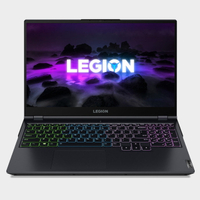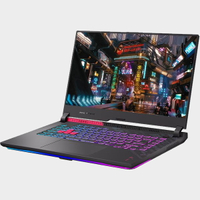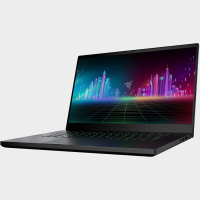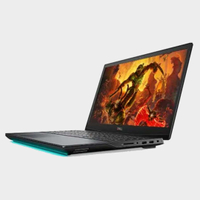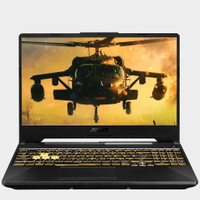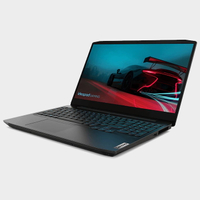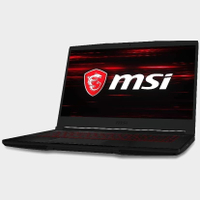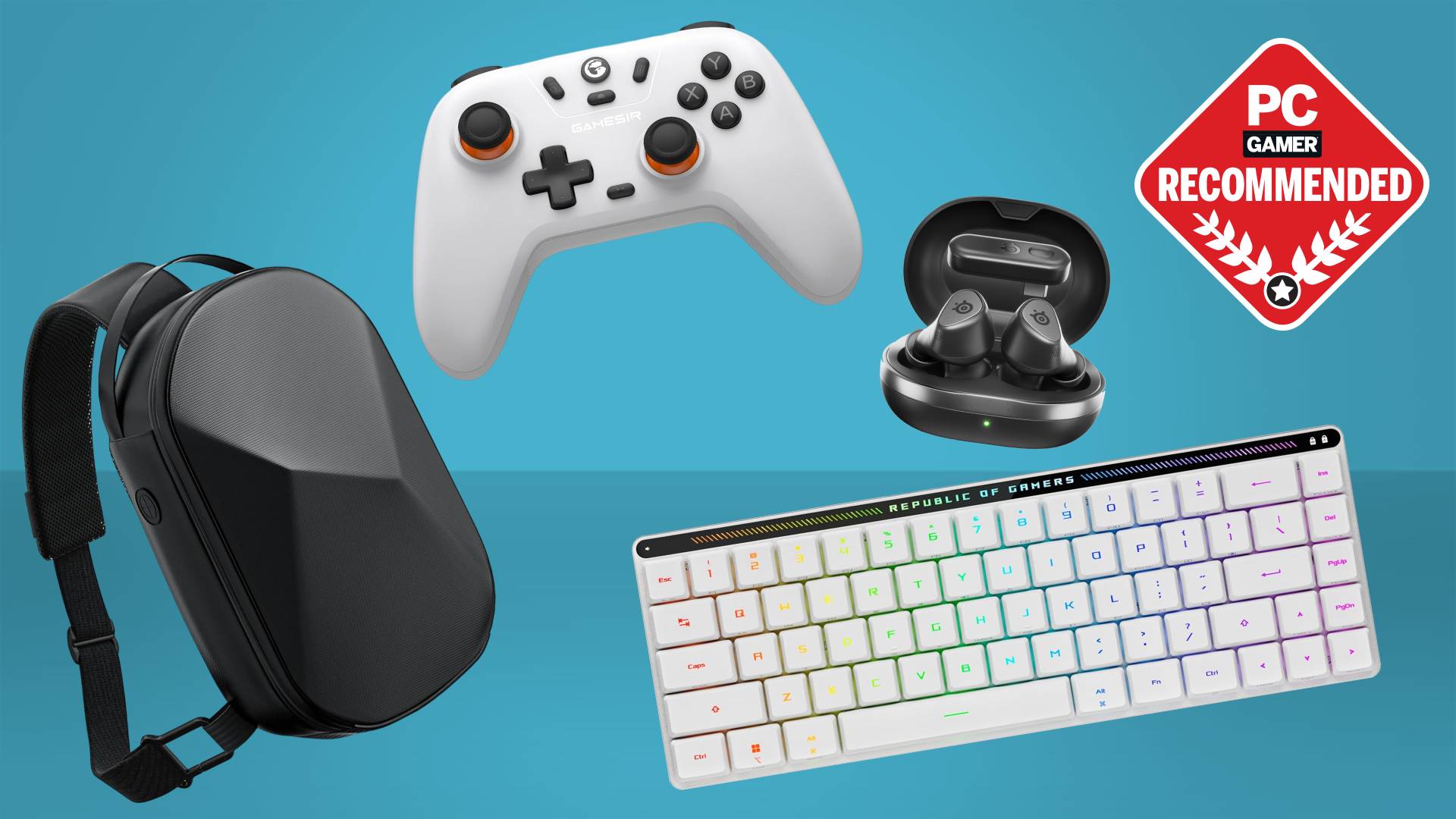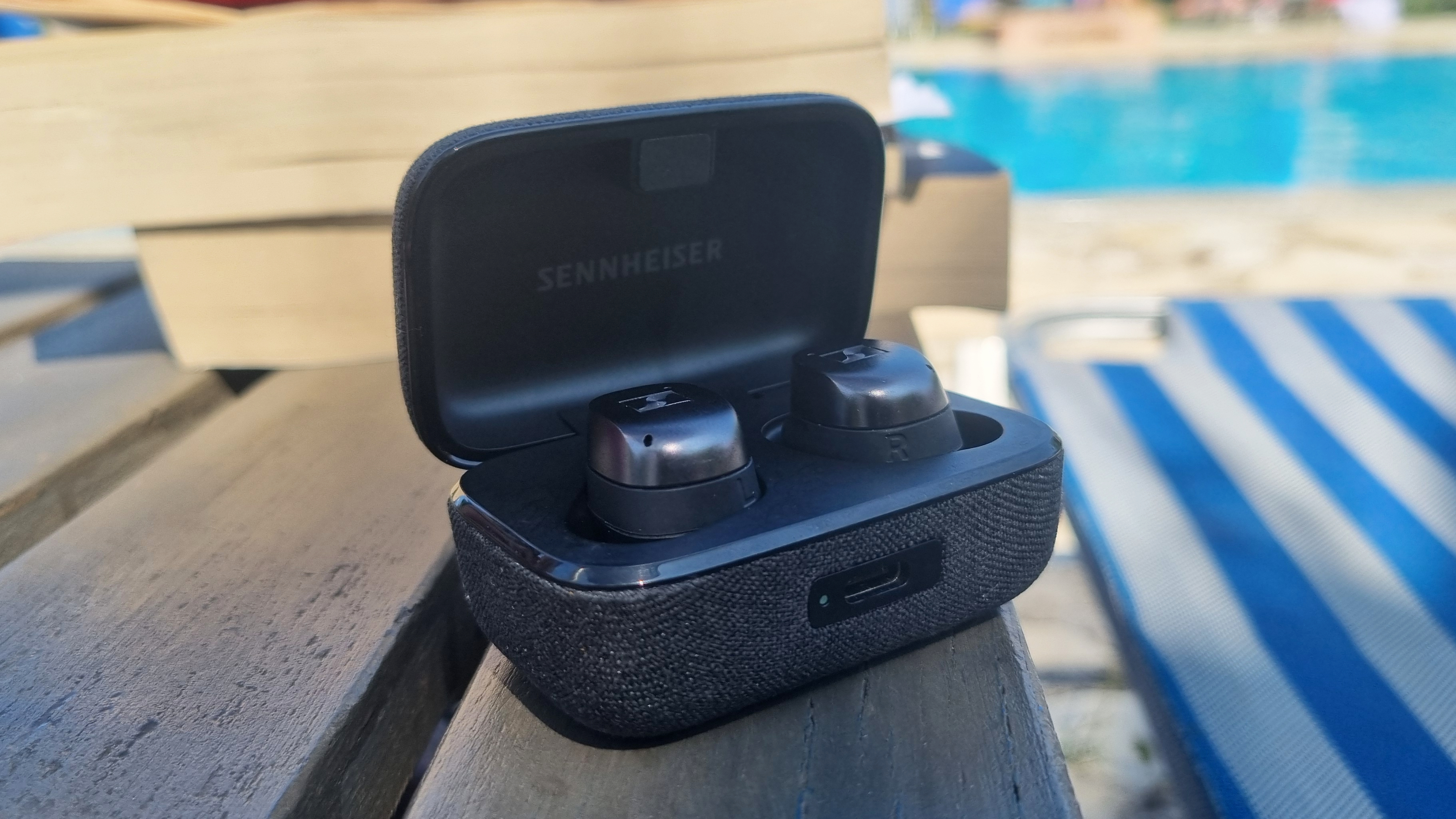There is a surprising number of great sub-£1,000 Prime Day gaming laptops this year
In the market for a gaming laptop? These are the best laptop bargains.

Amazon Prime Day is here, and while it's easy to be cynical about the level of consumerism it ushers in, there are some decent deals to be had if you are in the market for a few pieces of tech for yourself and your loved ones. One trend I've spotted this year is that there are plenty of deals to be had on laptops, particularly on the more affordable end of the bargain spectrum—something that is usually overlooked in favour of the big-ticket items.
This year there are lots of decent gaming laptops that can be had for less than £1,000, all the way down to do £530 for the MSI GF64 Thin in fact. For just over a monkey you get a 10th-gen quad-core Intel CPU with an Nvidia GeForce GTX 1650 GPU that will handle the vast majority of games with only a little setting manipulation. Okay, more recent titles may struggle a little bit, but for the money, it's still an incredible deal.
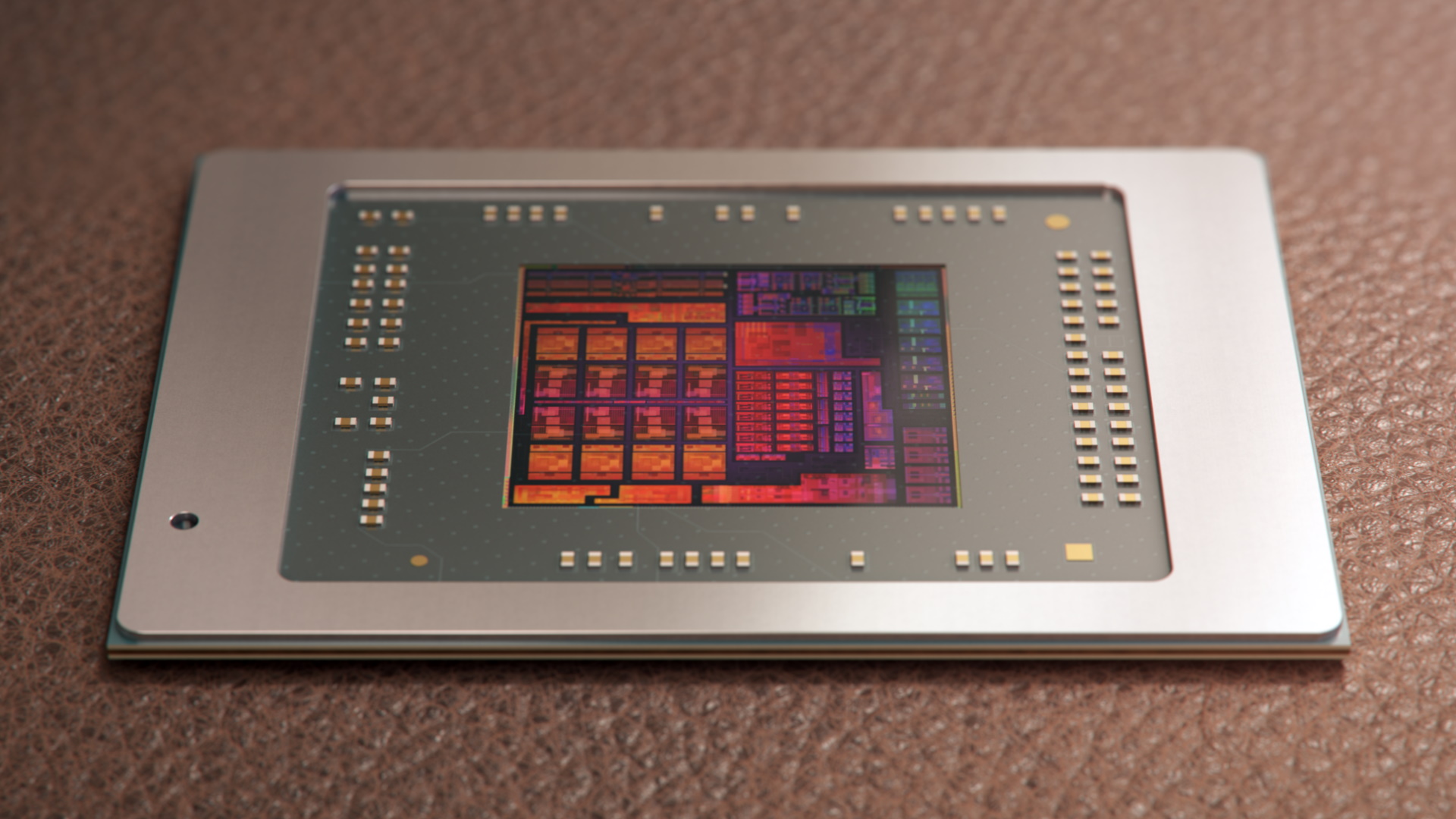
There are plenty of other options as you climb the pricing ladder, so it pays to be aware of what the extra money gets you.
As ever, the defining component for gaming is the graphics card—in an ideal world, you'd want one of the latest 3000 series GPUs, although at 1080p the likes of the GTX 1650 and GTX 1660 can still put in good work. There are a few RTX 3050 TIs and RTX 3060s out there though, even if they are closer to the top of this price range.
You'll notice you actually have a choice between Intel and AMD for the CPUs this year, which feels like a good thing to be able to say. They're both on a fairly equal footing as far as gaming is concerned, so it's down to how many cores are on offer, and what generation of chips are in the machines.
Intel has recently released its 11th-gen gaming mobile chips, so the vast majority of these reduce laptops will use 10th-gen Comet Lack offerings—which are fine chips. All the AMD laptops meanwhile are using the latest Zen 3-powered Ryzen 5000 CPUs, which are great if you need to do any serious number crunching as well.
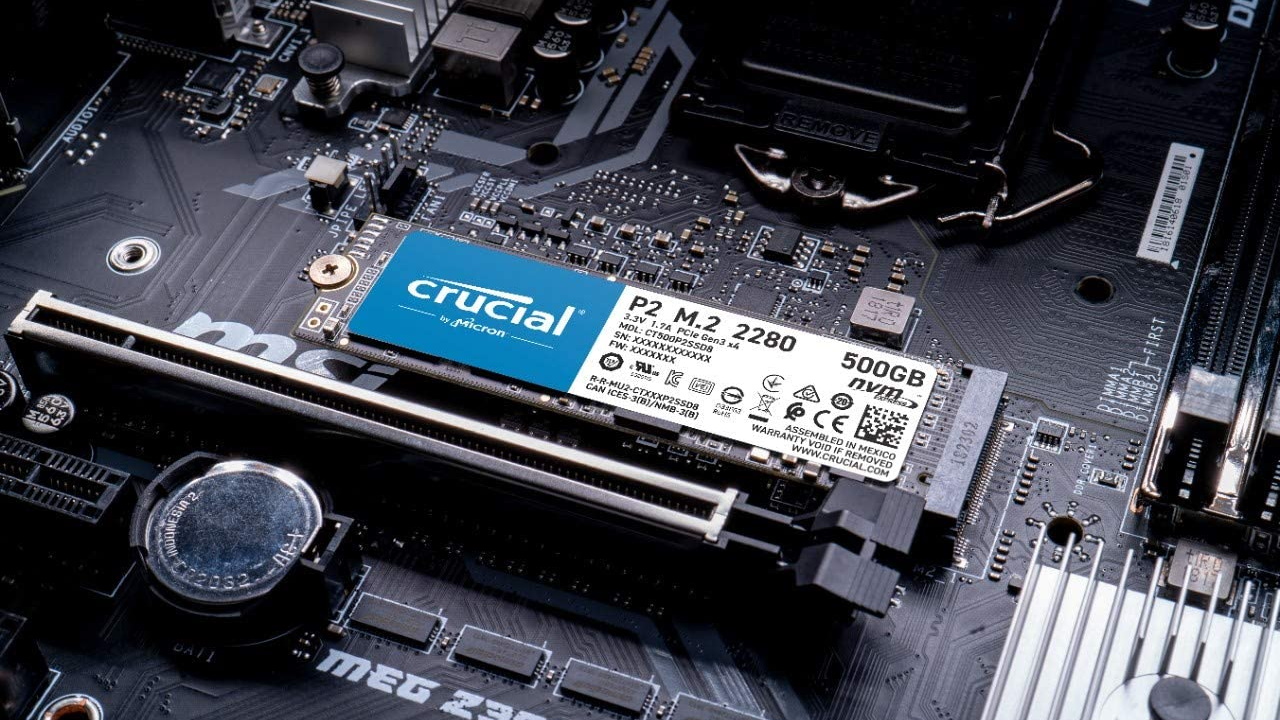
One thing you'll find in the sub-£1000 laptop market is 8GB is basically the norm. Not only is this a bit of a squeeze for some games, but it means the machine generally lays claim to half the bandwidth it is designed for, as this 8GB will generally be just a single SODIMM. Upgrading down the line is generally straightforward at least. You just need a stick of RAM to match what's already in there.
SSDs tend to be on the smaller side as well, with 256GB being the norm, although there are a few 512GB drives to be found as well. Anything smaller than 256GB should probably be avoided, as games are getting bigger, and Windows 10 has a tendency to gobble up quite a bit for itself. You may be able to upgrade later on, although it's worth checking this first.
Here's a list of the sub-£1000 laptops that have caught our eye, and where you can get them.
Lenovo Legion 5 | Ryzen 7 5800H | RTX 3060 | £999 at Currys PC World
While not discounted, this 15.6-inch laptop stands out as a great deal on the very latest hardware. The RTX 3060 is a quality GPU that will handle the latest games with ease and has a good chance of making the most of this 120Hz 1080p screen. Here it's paired with the awesome Ryzen 7 5800H, an 8-core, 16-thread powerhouse of a chip. The 512GB SSD is roomy enough for your games too. You only get 8GB of RAM, but you can upgrade that later down the line.
Asus ROG Strix G15 | Ryzen 5 5600H | RTX 3050 Ti | £999 £899 at Currys PC World
Quality gaming laptops don't have to cost a fortune, as this 15.6-inch laptop proves. Showcasing the latest 6-core, 12-thread Ryzen 5 5600H alongside an Nvidia RTX 3050 Ti (yup, it supports RTX raytracing and DLSS), this capable system is paired brilliantly with a speedy 144Hz 1080p screen. You also get a 512GB SSD for your money, which is decent. The only downside is you only have 8GB of RAM, but that's something you can upgrade later on.
Razer Blade 15 2020 | Intel Core i7 | GTX 1660 Ti | £1,099.98 £799.99 at Amazon UK (save £299.99)
The Razer Blade 15 is one of our favourite gaming laptops, and while we generally favour beefier graphics, it's hard to argue with the GTX 1660 Ti at this price. Especially as it's capable of driving the 15.6-inch 1080p 120Hz display in the vast majority of games without requiring any settings tweakery. There's a powerful 8-core, 16-thread 10th-gen Intel Core i7 in here, along with 16GB of RAM and a 256GB SSD. That SSD is a bit on the small side, but that doesn't stop this being a great deal.
Dell G5 15 | Core i5 | GTX 1660 Ti | £1.049 £879 at Amazon UK (save £170)
If that Razer Blade 15 deal is still live by the time you read this, then go for that instead, but I doubt it's going to last long. The Dell G5, however, is a mainstay of recent sales, and at £879 is a decent price for this GTX 1660 Ti powered gaming laptop. It's supported by a bigger 512GB SSD than the Razer, but only has a rather miserly 8GB of system memory. We do love the fact it's sporting a 120Hz screen though.
Asus TUF Gaming FX506LH | Intel Core i5 | GTX 1650 | £749.99 £629.99 at Amazon UK (save £120)
Asus's TUF Gaming laptops have always offered decent value for money, but when there's extra money off on top of that they became great bargains. This 15.6-inch gaming machine is a prime example of this. Packing a Core i5 10300H alongside a GeForce GTX 1650 nets you a capable gaming machine that can drive the 144Hz 1080p panel with some settings tweaking. Once again you only get 8GB of RAM, but it does at least have a 512GB SSD. A lot of laptop for not much over £600.
Lenovo Ideapad Gaming 3 | Intel Core i5 | GTX 1650 Ti | £699 £599 at Currys PC World
This is a surprisingly capable gaming laptop for a shade under £600. The GTX 1650 may be getting a bit long in the tooth now, but it'll still handle modern gaming on this 120Hz 1080p panel with some settings tweaked. Paired with the 4-core, 8-thread Core i5 10300H, it's no slouch in terms of straight number crunching either. You only get 8GB of RAM and a 256GB SSD, but that's hardly surprising at this price point.
MSI GF63 Thin 10SCXR-426 | Intel Core i5 | GTX 1650 | £799 £529.99 at Amazon UK (save £270)
You can spend a hell of a lot more on a gaming laptop, but if your needs aren't so great, then this bargainous offering from MSI will do just fine. The combo of 10th-gen Core i5 10300H and GTX 1650 may be resolutely last-gen but they're still capable enough to drive the 1080p screen at decent framerates. Yes the 8GB of RAM and 256GB NVMe SSD are a bit tight but look at that price tag again, you can't expect much more for this much money.
Keep up to date with the most important stories and the best deals, as picked by the PC Gamer team.
Alan has been writing about PC tech since before 3D graphics cards existed, and still vividly recalls having to fight with MS-DOS just to get games to load. He fondly remembers the killer combo of a Matrox Millenium and 3dfx Voodoo, and seeing Lara Croft in 3D for the first time. He's very glad hardware has advanced as much as it has though, and is particularly happy when putting the latest M.2 NVMe SSDs, AMD processors, and laptops through their paces. He has a long-lasting Magic: The Gathering obsession but limits this to MTG Arena these days.
